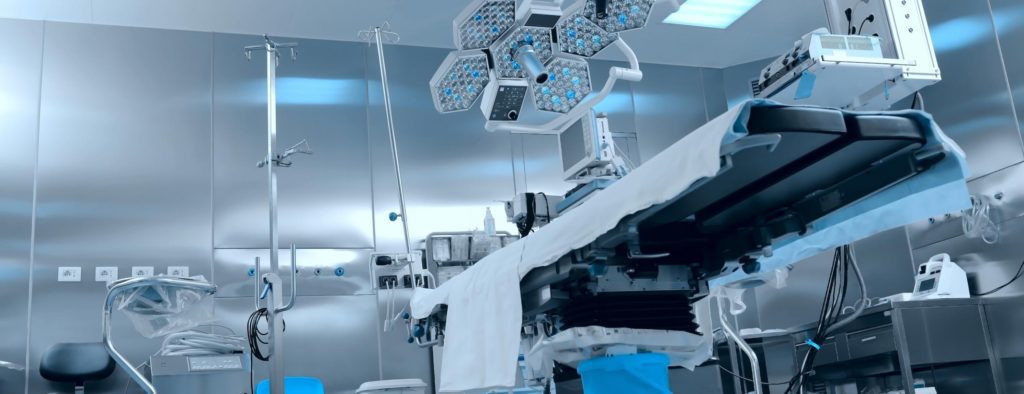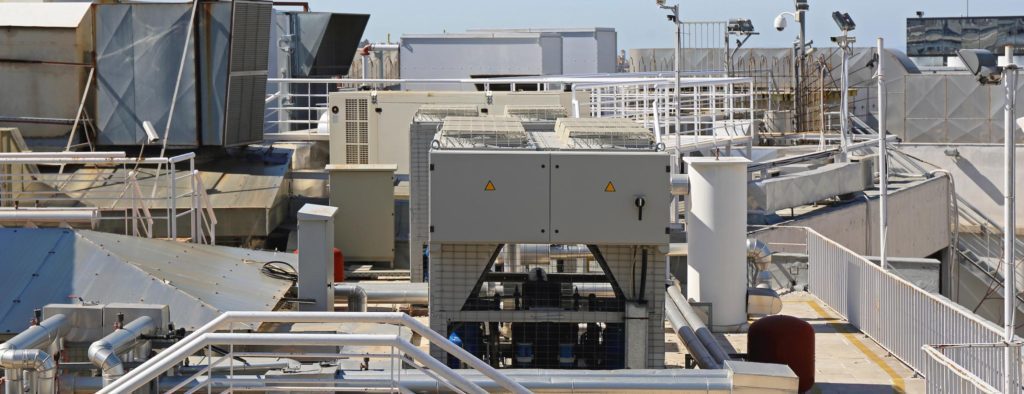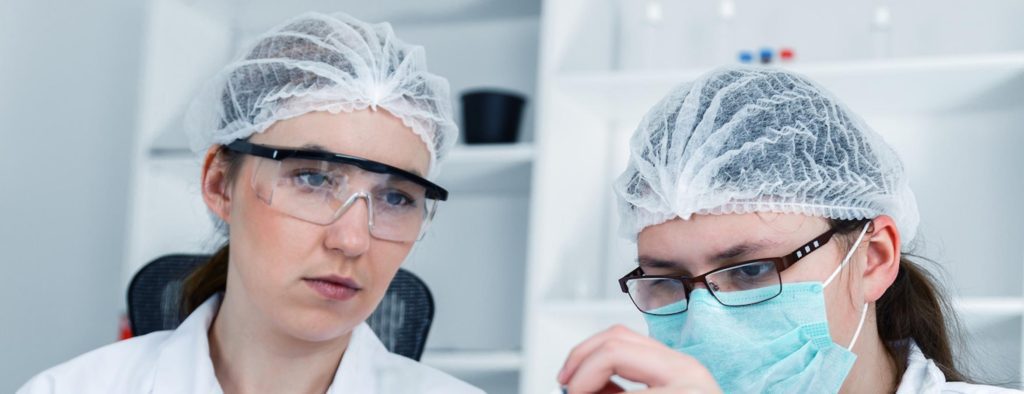Filters for Isolation Rooms and Gaseous Pollutants
For isolation rooms in hospitals, the main goal is to keep airborne infectious diseases such as tuberculosis from entering the atmosphere. To accomplish that, the air from hospital isolation rooms is filtered on the exhaust side as well as on the incoming side, using a sophisticated exhaust fan system on the ceiling where the air has to go through a minimum of two stages: a pre-filter stage and a high efficiency particulate air (HEPA) stage.
Both particulate and gaseous pollutants cannot be removed by a single air filter. Particulate matter is removed by High Efficiency Particulate Air filters (HEPA). The HEPA filter is the most effective filter in removing 99.97% particulates 0.3 micron or larger.
Gaseous pollutants such as sulfur dioxide, carbon monoxide and nitrogen oxides are removed by using activated carbon filters. Carbon filters such as the carbon v4 bank filter which are used in commercial and industrial buildings, are designed to trap smoke, odors, chemicals and gases from the air. Activated Carbon filters are often used in conjunction with a HEPA filters in public commercial settings such as hospitals, museums and airports to remove the larger air particulates.
Filters for Isolation Rooms and Gaseous Pollutants Read More »



